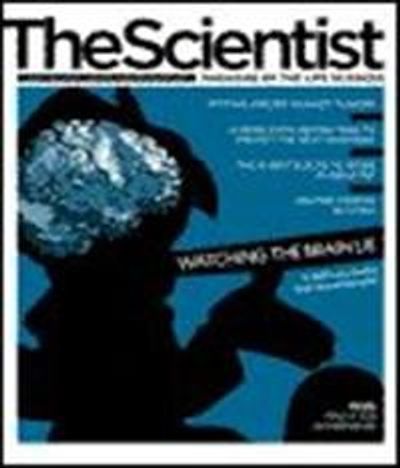In 1988 Marion True, at that time the J. Paul Getty Museum's antiquities director, paid a record $18 million for a 5th century BC Greek statue that she said would become "the single greatest piece of classical art in our collection." It is still one of its most prized artifacts. Almost 20 years later, True is on trial in Rome for trafficking in looted art, and her conviction or release may hinge on an analysis of the pollen found in the folds of the excavated statue's robes. If the pollen is of Sicilian origin, it may have been looted from a site there after Italy's 1939 prohibition on exporting antiquities without a permit. But if it is of North African origin, where similar statues have been found, there is no problem.
Viewed under the microscope, pollen grains have an endlessly diverse variety of forms. The shell of pollen grains is...
Interested in reading more?




